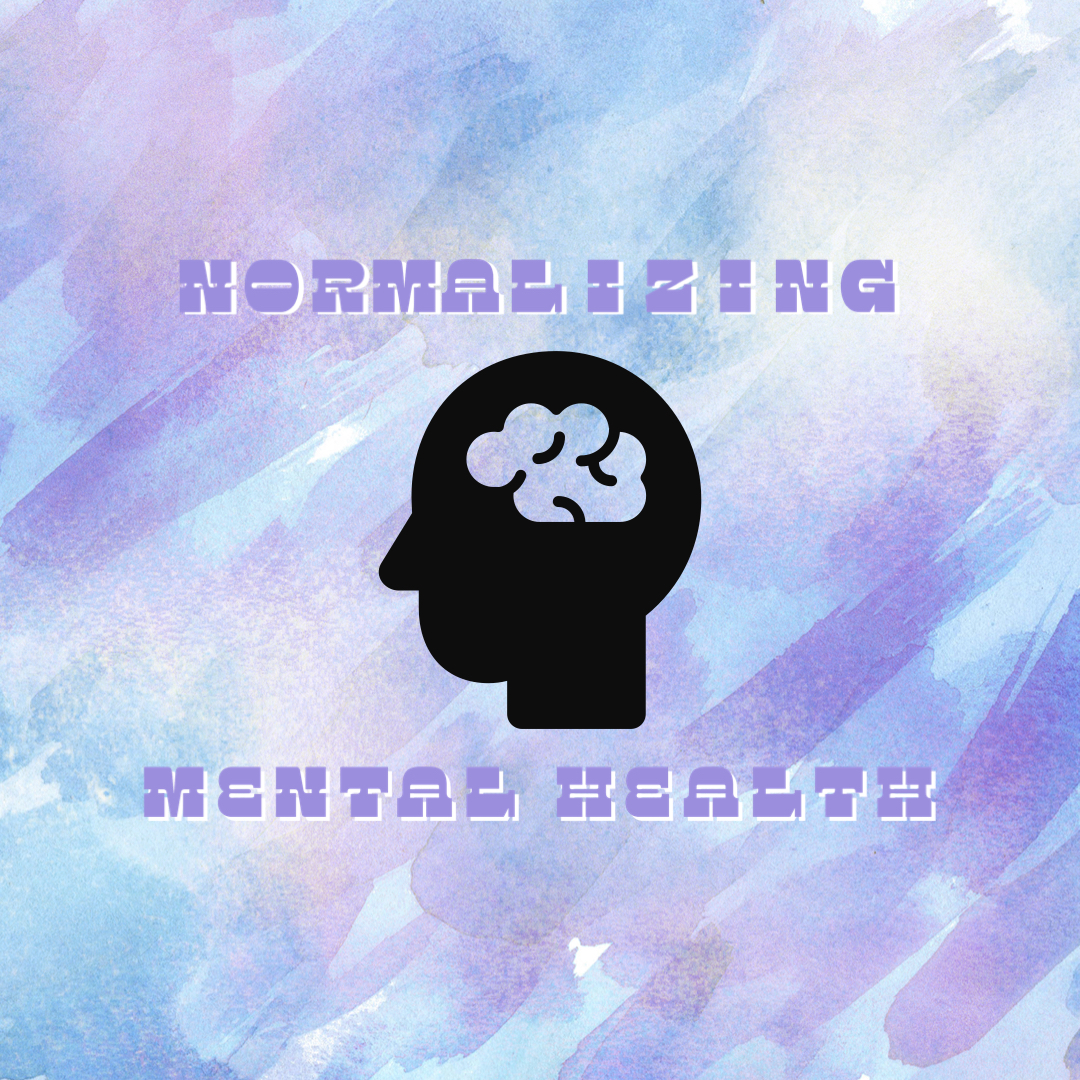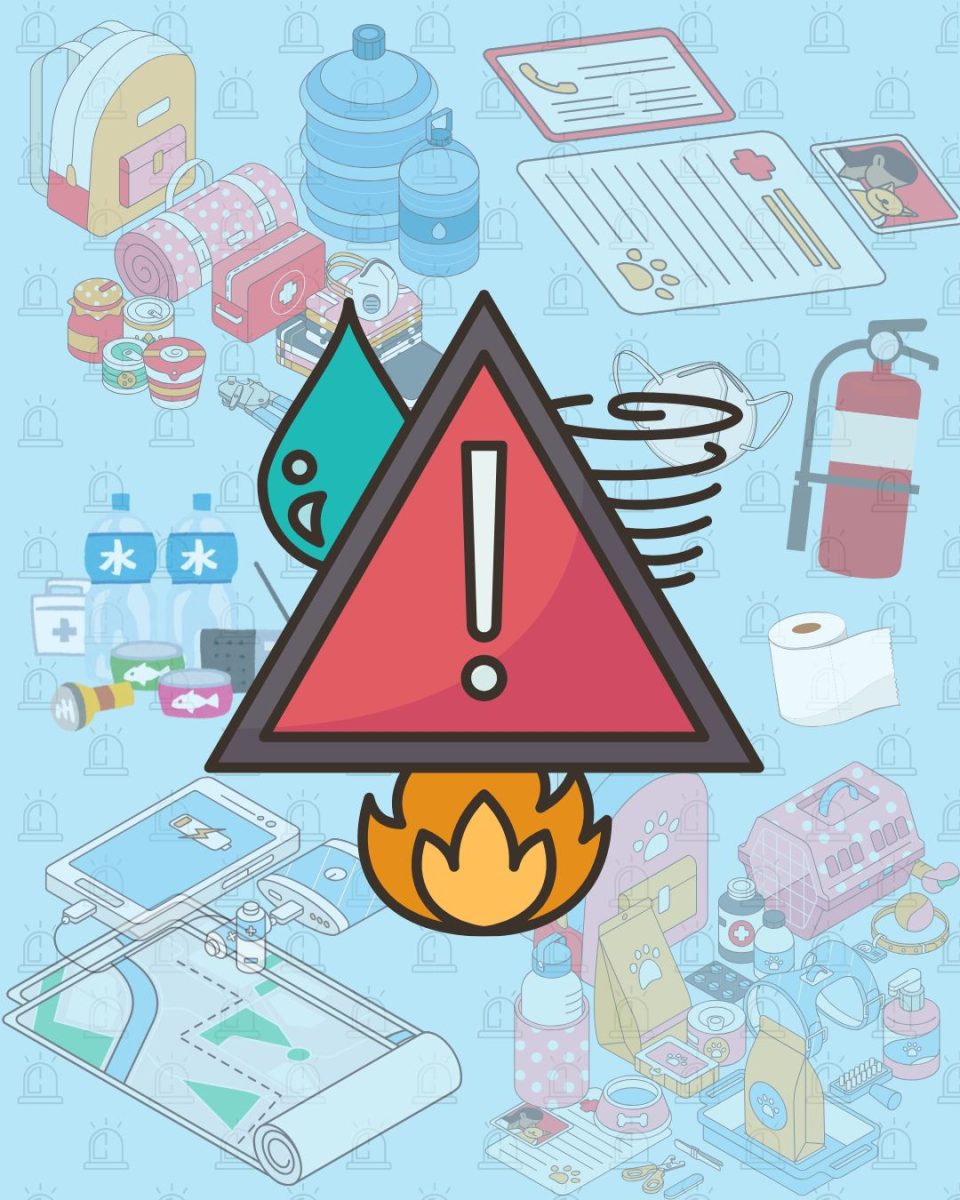Mental illnesses are disorders that affect a person’s thinking, mood, and/or behavior. These disorders can range from mild to severe, and ultimately affect an individual’s quality of life.
According to the National Institute of Mental Health, nearly one in five adults live with a mental illness.
The Mental Health Foundation reports that 20% of teenagers may experience a mental health problem in any given year. Research shows that 50% of mental health problems are established by age 14 and 75% by age 24.
Mental illnesses are very common; it is important to normalize the discussion of mental health disorders, as it helps prevent outcomes such as suicide. By normalizing the discussion of mental health disorders, those who suffer from it will not be ashamed or afraid to raise their voice and ask for help.
Mental health includes our emotional, psychological, and social well-being. Mental health is important no matter what stage of human development you are in. There are several factors that contribute to mental health conditions such as biological factors (genes or brain chemistry), or life experience (trauma or abuse).
Some of mental health’s most common illnesses According to the Substance Abuse and Mental Health Services Administration (SAMHSA) are:
- Antisocial personality disorder: a condition in which a person has a long-term pattern of manipulating, exploiting, or violating the rights of others.
- Anxiety disorders: this includes generalized anxiety, panic disorders, obsessive-compulsive disorder (OCD), phobias, social anxiety, and can lead to self-harm.
- Attention-deficit hyperactivity disorder (ADHD): a condition that results in not being able to focus, being overactive, not being able to control behavior, or a combination of these.
- Bipolar disorder: a condition that causes unusual shifts in mood, ranging from extreme highs mania or “manic” episodes to lows. These highs are typically known as “mania” or “manic episodes,” while the lows are known as “depression” or “depressive episodes.”
- Borderline Personality Disorder (BPD): a condition in which a person has long-term patterns of unstable or explosive emotions. BPD can include self-harm and suicidal behavior.
- Depression: a disorder of the brain. It is a serious mental illness that is more than just a feeling of being “down in the dumps” or “blue” for a few days. There are also different types of depression, and can include self harm and suicidal behavior.
- Eating disorders (including Anorexia Nervosa, binge eating Disorder, and Bulimia Nervosa)
- Post-traumatic Stress Disorder (PTSD): a condition that develops when a person has experienced or witnessed a scary, shocking, terrifying, or dangerous event. These stressful or traumatic events usually involve a situation where someone’s life has been threatened or severe injury has occurred.
- Schizophrenia: disorder that causes people to interpret reality abnormally. They don’t know what sights, sounds, and experiences are real or what they are imagining.
- Seasonal affective disorder (SAD): a condition in which some people experience a significant mood change when the seasons change.
It is important to have a diagnosis from a mental health professional, such as a psychologist or psychiatrist, of any of the above. Self-diagnosis is dangerous; if you have any of these mental health disorders or their symptoms, please visit a mental health professional.
How you can help normalize mental health care
According to High Country Behavioral Health, some ways to normalize mental health include talking openly about it in the same way that they talk about physical health and how we take care of it. Mental health treatments, such care from a psychologist, should be discussed the same way that primary physicians are. People should be healthy in the mind too, not only in their body.
Educate yourself and educate others, there are many mental health conditions, each with their own set of unique symptoms, behaviors, and treatment. Do some research, and then share what you learn with others. This helps foster equality between physical and mental illness.
Suicide Awareness
One potential risk for people with mental illness is the increased risk of suicidal behaviors. This includes
- Suicide threats: Direct and indirect threats both need to be taken seriously. This can include someone stating they want to end their life, or that they no longer have an interest in life.
- New Preoccupation with death: excessive talking, drawing, reading, and/or writing about death can suggest suicidal thinking.
- Changes in behavior, appearance, thoughts, and/or feelings. Thoughts and feelings may be affected by a loss such as a breakup, school suspension, academic failure, or difficulty at home.
- Prior suicidal behavior
- Suicide notes and plans
- Making final arrangements & giving away prized possessions
Resources
If you need to talk to someone when you are going through a mental health crisis, these are options available
- National Suicide Prevention (Call/Chat 24/7) 988
- The Trevor Project
Call (24/7) 1 (866) 488-7386
Text (12pm-7pm, M-F) 1 (202) 304-1200
- Trans Lifeline Call (24/7) 1 (877) 565-8860
- Teen Line (800) 852-8336 (Nationwide 6pm-10pm PST)
Text TEEN to 839863 (6pm-9pm PST)
- LGBT National Youth Talkline (800) 246-7743
- Sprigeo School Safety Tip Line on your school’s website homepage
“Do something that makes you happy, prioritize your mental health. You are not alone, my office is a save space; you can always came if you are dealing with something. You can came to even speak about it or just clear your mind for a few minutes,” Melissa Ceballos, a Bakersfield High School counselor, said.
Adults you can trust on campus include
- Counselors: Tiffani Alvidrez, Lauren Batey, Melissa Ceballos, April Figueroa, Jennifer Jenkins, Paul Ogilvie, Edithza Orozco, and Kaitlyn Owen
- Intervention Counselor: Sandra Pacheco
- Social Worker: Denise Castro
- School Psychologist: Evan Dillingham, Carmen Medrano, and Vicki Rodriguez
- Substance Abuse Specialist: Andrew Jones
- Dean’s office: Brian Smith and Shelly Black
- Teachers
- Office Staff








